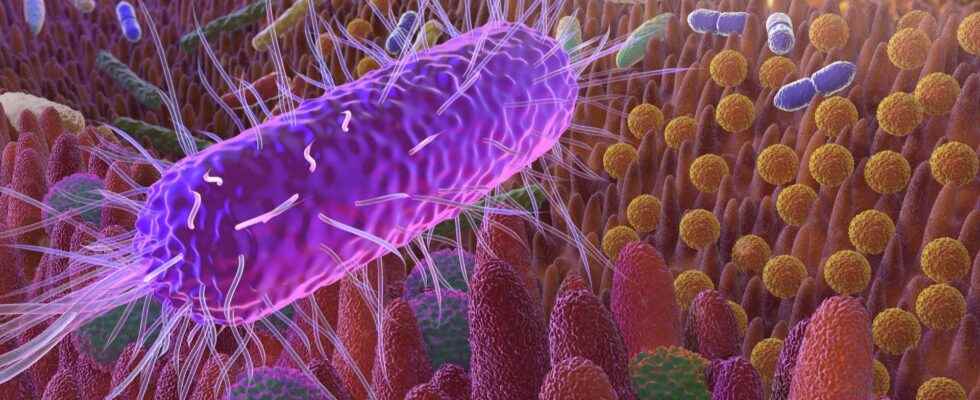You are probably aware of microorganisms lining your gut, especially in your colon. You keep hearing about the gut microbiota and you want to know how to take care of it. Contrary to what some articles or claims make you believe, it is not easy to know what a healthy microbiota is. However, there is a very easy way to take care of it.
Ah, the microbiota ! Not a single article talks about it without giving you some tips to pamper it: consume or avoid such and such a food or drink, take such a food supplement, etc. However, one thing is only very rarely explained by these sensational texts: what does it mean to “take care”, “pamper”, “strengthen” … one’s microbiota? From a scientific point of view, obviously. Does this echo the presence of some micro-organisms specifically ? To their number? To some subspecies of bacteria, viruses Where mushrooms ? To a specific combination of microorganisms acting in symbiosis? This is the question we will try to answer first.
What does feeding your microbiota mean?
Let’s try to understand what other sources of information mean by feeding your microbiota. This could help us to take stock of the conceptions you have of this expression. To do this, we took the first page of the results Google for the request next: “feed your microbiota” (we have excluded company sites such as Microbiote foundation or scientific sites such as the Inrae site).
What the media convey
In the vast majority of articles for the general public, taking care of your microbiota means a lot of more or less disparate things. Clinical indicators like a flat stomach or reduced digestive discomfort could help us determine if we have a good or a bad microbiota. Also, we find very evasive commonplaces such as “feeding the bacteria known for their beneficial effects “(which bacteria and which beneficial effects? or” feed friendly bacteria “and” promote harmful bacteria “(which bacteria are they and why are they considered to be friendly or harmful?), or” d ” transiently enrich our intestinal flora in probiotics »(But to what quantity or temporality does transient enrichment refer and which strain (s) of probiotics are we talking about?). Therefore, it is not surprising that the general public is lost and carries with them fuzzy or erroneous ideas about the microbiota.
What scientific research tells us
Contrary to these articles, scientific research holds a much more nuanced discourse. First, as we have already mentioned in an old article, a “healthy” microbiota is generally distinguished from an “unhealthy” or “dysbiotic” microbiota by matter metabolic functions. There is a broad consensus on the fact that the microorganisms colonizing our intestines have, for the most part, a role in certain biochemical functions: immunity, cell development, vitamin production, etc. At present, this is the only way to make such a distinction between the “good” and the “bad” microbiota.
How to feed your microbiota?
As we have just seen, the ambition behind the famous “feed your microbiota” must be to restore a certain balance within the diversity of our microbiota in order to allow the performance of metabolic functions essential to our health. Today, scientists are still struggling to know how to characterize this balance according to the individual, his environment, his state of health, etc. The intake of prebiotics and probiotics in food supplements is not advised since we lack ofclinical studies good quality on the subject. The only point that seems to have consensus is on the side of consumption of dietary fiber contained in plants and in particular in fruits and vegetables.
To keep things simple without going into technical considerations, we haven’t come up with anything better than this clear and concise video message from Giles Yeo, a researcher in metabolic diseases at Cambridge University: eating fruits and vegetables while varying as much as possible colors ! #eatarainbow
Video by Giles Yeo, researcher in metabolic diseases at the University of Cambridge: “Eat fruits and vegetables by varying the colors as much as possible! “#Eatarainbow
Interested in what you just read?
.
fs6
